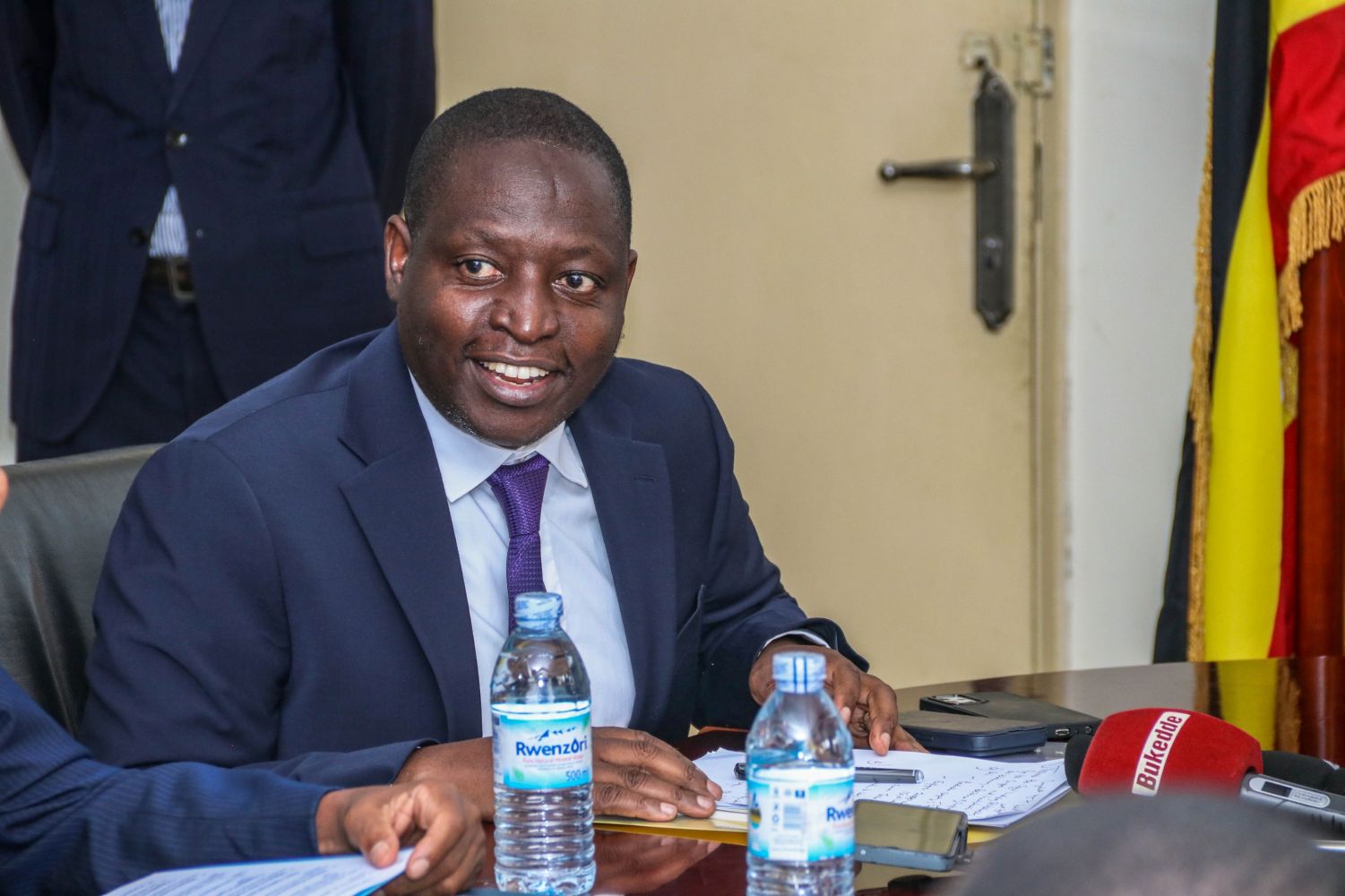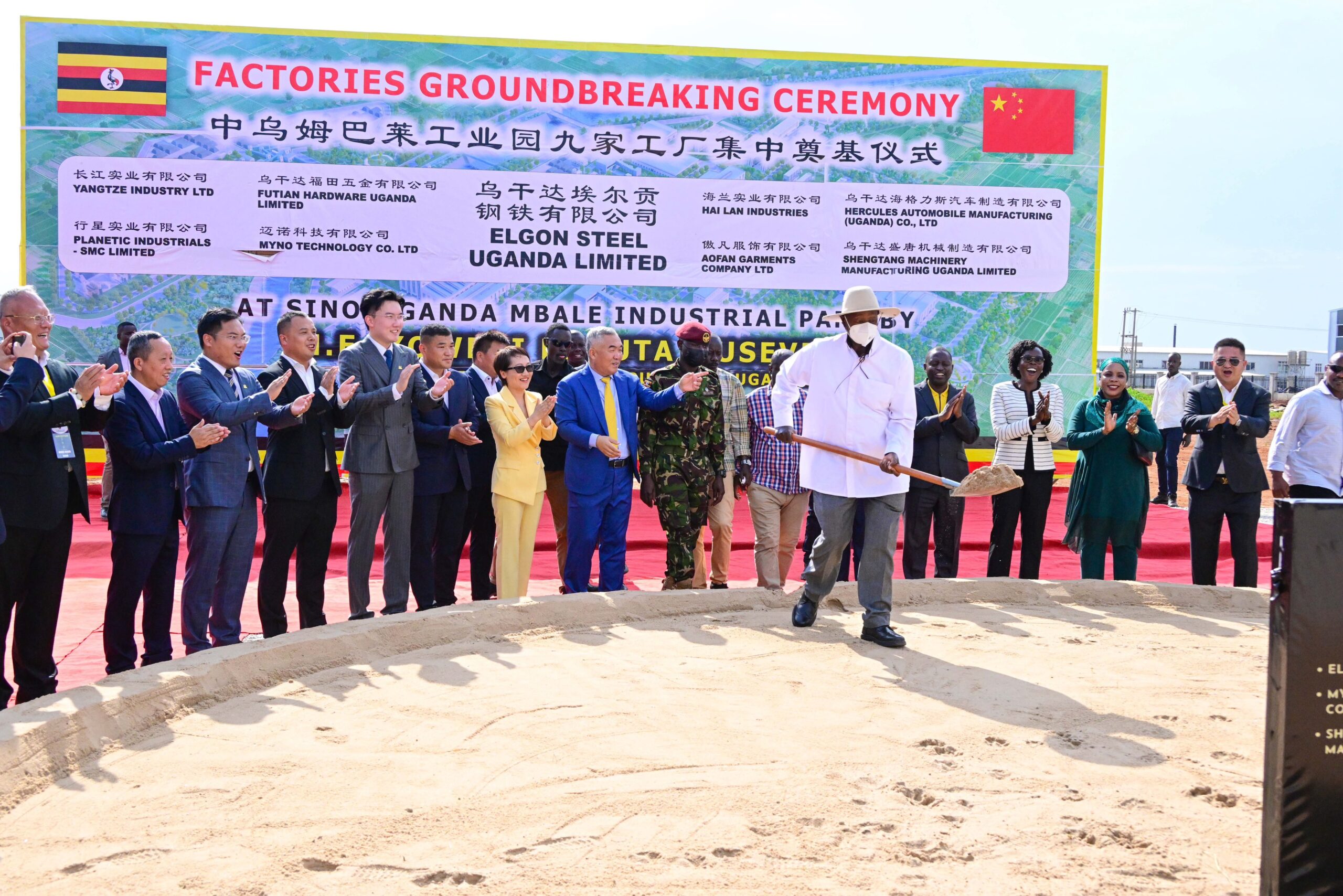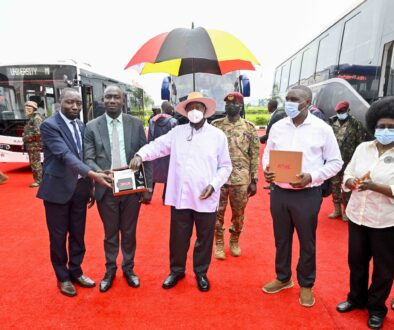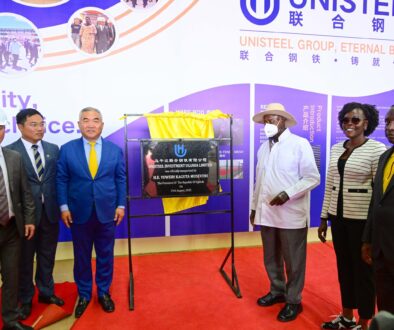Uganda Hosts Africa Industrialisation Week 2025

Hon. David Bahati Minister of state for Industry
KAMPALA – Uganda is set to host the Africa Industrialisation Week (AIW) 2025 from November 17 to 21st, 2025, at Speke Resort Hotel, Munyonyo.
Themed “Transforming Africa’s Economy through Sustainable Industrialisation, Regional Integration and Innovation”, it is an opportunity for key stakeholders from within Africa and abroad to deliberate on Africa’s industrialisation agenda and explore strategies for altering the continent’s existing status quo.
The week’s overall objective is to build synergies between policy models, investments, innovation, and capacity building of youth start-ups across sectors to transform Africa’s economy through sustainable industrialisation, regional integration, and innovation, and target economic growth and development.
The Assembly of Heads of State and Government of the Organisation of African Unity (OAU) at its Twenty-fifth Ordinary Session held on July 26, 1989, in Addis Ababa, Ethiopia (Resolution AHG/res. 180 (XXV) declared November 20th of every year as the Africa Industrialisation Day (AID). The UN General Assembly endorsed it on December 22nd.
Since 2018, Africa Industrialisation Week has been commemorated with events, featuring discussions of the significance of industrialisation in advancing Africa’s structural transformation.
The specific objectives of the week include promoting sustainable industrialisation amongst the AU Member States by identifying and showcasing policy models and best practices that can be replicated across Africa.
The week-long event will foster regional integration and enhance inter-AU member states and Regional Economic Communities (RECs)’ coordination on industrial development.
It will provide the African Youth Startups and Women-led enterprises a platform for networking and access to investment opportunities.
AID is a marketplace for AU Youth Start-Ups to leverage B2B and B2G exchanges to explore business opportunities, and encourage the development of industrial infrastructure through policy discussion and agreement on strategies that support industrial growth and regional integration.
It also enhances policy recommendations, continental regulatory industrial policy frameworks, AIDA and IDDA III, and guidelines for promoting sustainable industrialisation, regional integration, and innovation in Africa.
Uganda’s Industrial Sector

Uganda’s industrial sector is composed of manufacturing, mining and quarrying, construction and utilities. It serves as a vital part of our economy, currently 27.2% of GDP. The government, through its Fourth National Development Plan (NDP IV), is working to increase this contribution to 31% of GDP, signalling a strong commitment to industrial growth.
The government has also developed the 10-fold growth strategy, in which it expects to grow the economy to $500 billion, anchored on the ATMS.
The manufacturing sub-sector of industry is a key driver of Uganda’s economic growth, creating jobs, fostering innovation and driving GDP growth. It contributes 16.5% of the GDP. It contributes 24.6% of the total merchandise exports and provides direct employment to over 1.8 million people.
Uganda’s industrial sector consumes about 70% of the total electricity generated in this Country,
contributes 30% of the total tax revenue collections, which translates to 8.16 trillion of the total tax revenue collection by URA.
The number of Industries has increased from 81 units in 1986 to more than 9,000 Units in 2024.
The Ugandan government is focusing on value chains that include iron and steel, cement, phosphates, copper, packaging, pharmaceuticals, starch, sugar, and textiles.
Untapped potential
Uganda has untapped potential in key industries such as iron and steel, where the country has over 429 million tonnes of iron ore, which can be used to substitute USD600 million iron and steel products.
In addition, we have potential for further import substitution in the area of fertilisers, where Uganda has over 230 million tons of phosphates at Sukuru, Tororo District and 50 million tons of phosphates at Bukusu.
The country also has untapped potential for industries such as petrochemicals, oil and gas reserves and the pharmaceuticals.
Other opportunities include Uganda’s geographical location, shared boundaries with five countries, and the demographic dividend from the largely youthful population.





